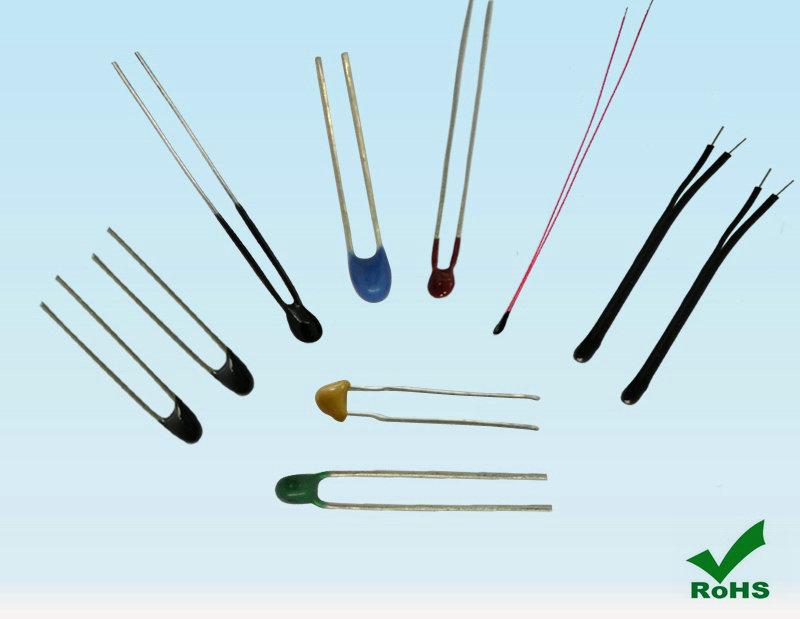Difference Between Thermocouple and Thermistor
Thermocouple vs Thermistor
Thermocouples and thermistors are two types of instruments that are used to detect and measure temperatures. Thermocouple is mainly used as a temperature measuring device coupled with a voltmeter or a cathode ray oscilloscope. The thermistor is a single circuit element which changes it’s resistance in response to temperature. Both of these components are very important in measuring and regulating temperatures of systems. Thermocouples and thermistors are widely used in a large number of fields in physics and instrumentation. It is vital to have a proper understanding in thermocouples and thermistors in order to excel in such fields. In this article, we are going to discuss what thermocouple and thermistor are, their applications, the operational theories behind thermocouple and thermistor, their similarities, and finally the difference between thermocouple and thermistor.
Thermocouple
A thermocouple is one of the most important apparatus used in temperature measurements. The thermocouple consists of a junction of two dissimilar metals. When such a junction is exposed to heat, the junction produces a voltage. This voltage is measured across the junction. A modified version of the thermocouple is produced by placing a different metal wire between two parts of another metal. This produces two junctions. One junction is kept at a reference temperature such as water which is in contact with ice (reference temperature for 0℃ ). This variation of the thermocouple can directly measure the temperature difference between the reference temperature and the given temperature. The thermocouple absorbs almost no heat from the measuring point, and the sensitivity of the thermocouple is relatively low compared to other measuring methods, but it has a very large measurement range. The thermocouple operates based on the Zeebeck effect.
Thermistor
The thermistor is a type of resistor. The term thermistor comes from “thermal” and “resistor”. The thermistor changes it’s resistance in response to the operating temperature of the device. There are two basic types of thermistors. Positive temperature coefficient (PTC) thermistors increase their internal resistance in response to a temperature increment. Negative temperature coefficient (NTC) thermistors reduce their internal resistance in response to a temperature increment.
PTC thermistors are widely used in applications such as fuses and temperature control systems. Thermistors can usually operate in the temperature range from -90℃to 130℃. The material used in thermistors is a polymer or a ceramic that has temperature – resistance properties, which are suitable for a thermistor. NTC thermistors are usually used in low temperature measurement systems and other systems that require to maintain a lower temperature threshold.
What is the difference between thermistor and thermocouple?
· A thermocouple produces a voltage corresponding to the temperature gradient whereas the thermistor produces a resistance corresponding to the temperature.
· The thermistor requires an external voltage to operate as a measuring device, but the thermocouple only requires a measuring system such as a voltmeter to measure the output voltage.
· The thermistor has a small range, but a high accuracy whereas the thermocouple has a large range and a low accuracy.




